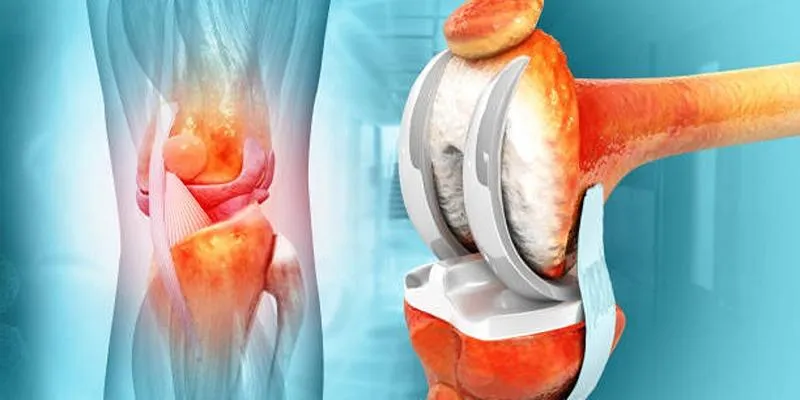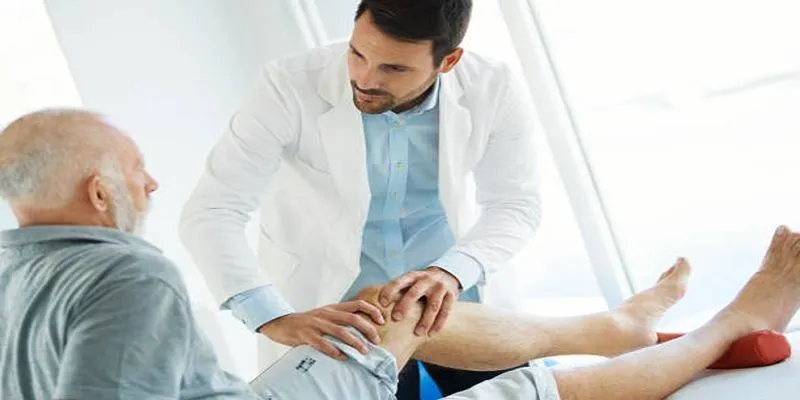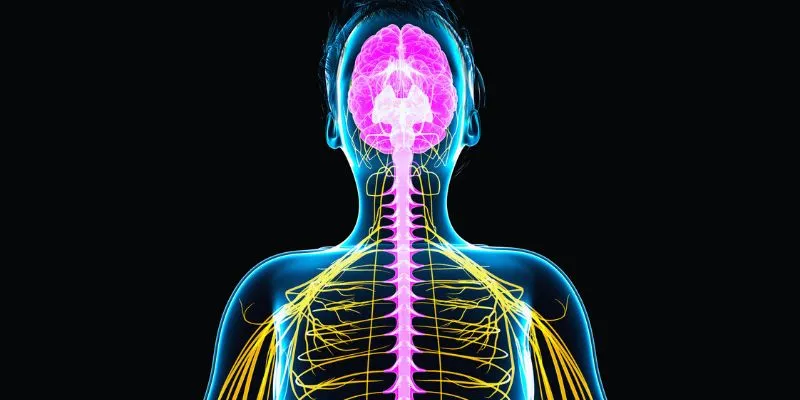Identifying Osteoarthritis: Common Symptoms You Should Know?
Osteoarthritis is a prevalent health condition affecting millions globally, leading to pain, stiffness, and limited mobility in affected joints. It is the most common form of arthritis, especially among the elderly, though it can also occur in younger individuals due to injuries or genetic predispositions. Recognizing risk factors and early symptoms is crucial for effectively managing osteoarthritis and improving patients’ quality of life. Often, the non-specific nature of its symptoms means diagnosis is delayed. Key indicators include joint pain, stiffness, and decreased mobility.
What is Osteoarthritis?
Osteoarthritis is a type of mechanical arthritis primarily impacting the extremities, such as the knees, hips, lower back, and wrists. Unlike other arthritis forms, osteoarthritis (OA) primarily affects cartilage—a smooth, hard material at the ends of bones that facilitates easy movement. OA occurs when this cartilage deteriorates, causing bones to rub against each other, leading to pain and reduced flexibility.
Risk Factors for Osteoarthritis
While OA can affect anyone, certain factors increase the risk:
- Age : OA commonly affects individuals over 50, as joint cartilage naturally wears down over time.
- Genetics : A family history of OA can increase susceptibility.
- Obesity : Excess weight puts additional stress on joints, especially the knees and hips.
- Injury or Overuse : Previous joint injuries or repetitive stress from activities like running can damage cartilage.
- Gender : Women are more likely to develop OA, particularly in the hands and knees.
Early Signs of Osteoarthritis

Recognizing early signs of osteoarthritis can lead to timely treatment, potentially slowing the disease’s progression. Key symptoms include:
1. Joint Pain During or After Movement
Early OA often presents as joint pain during or after movement. This pain typically worsens after physical activity or by the end of the day. Initially mild, it may become persistent as cartilage deteriorates.
2. Morning Stiffness
Stiffness, especially in the morning or after inactivity, is another early OA sign. This stiffness usually lasts around 30 minutes and lessens with gentle movement.
3. Limited Range of Motion
OA can reduce the range of motion in affected joints, making movements more difficult. Tasks like bending down, climbing stairs, or gripping objects may become challenging.
4. Joint Tenderness
Tenderness is often felt when pressing on or around the affected joint. This symptom can be noticeable during activities that put pressure on the joint, such as lifting objects or bending.
5. Swelling Around the Joint
OA may cause mild joint swelling due to inflammation or fluid build-up. Though subtle, swelling can increase discomfort and make the joint appear larger.
6. Grating or Clicking Sensation
As OA progresses, damaged cartilage may cause a grating or clicking sensation known as crepitus. This is especially common in knees and indicates cartilage damage.
7. Fatigue and Low Energy
Chronic joint pain and discomfort can lead to fatigue and reduced energy levels, affecting overall well-being and daily activity engagement.
Confirming an Osteoarthritis Diagnosis
If you notice early signs of osteoarthritis, seeking medical advice is crucial. Early diagnosis is key to effective management. Healthcare providers typically use methods such as physical examinations, imaging tests, and joint fluid analysis to diagnose OA.
Early Management of Osteoarthritis

Early detection of osteoarthritis allows for effective symptom management. Essential strategies include:
1. Exercise and Physical Activity
Staying active is vital for maintaining joint function and flexibility. Low- impact exercises like swimming, walking, and cycling can enhance strength and alleviate joint pain without overstraining joints. Stretching improves flexibility, while strength training supports surrounding muscles, reducing joint load.
2. Weight Management
Maintaining a healthy weight minimizes stress on weight-bearing joints. Extra pounds can significantly increase pressure on knee joints, hastening cartilage deterioration. A balanced diet and regular physical activity assist in weight management, alleviating OA symptoms.
3. Physical Therapy
Physical therapists can create customized exercise programs to enhance joint function and relieve pain. Techniques like ultrasound therapy, heat and cold applications, and joint manipulation can be effective in early-stage OA, improving mobility and comfort.
4. Pain Management
Over-the-counter pain relievers, such as acetaminophen and NSAIDs, can provide temporary relief from OA pain. Topical creams with anti-inflammatory ingredients may also alleviate discomfort. Consult a healthcare provider before starting any pain management regimen.
5. Joint Protection Techniques
Learning joint protection techniques minimizes damage and reduces pain. Consider using assistive devices like braces or canes, and modify daily activities to avoid repetitive motions.
6. Mind-Body Practices
Mindfulness-based practices, like yoga and tai chi, offer significant benefits for those with OA. These activities promote flexibility, reduce stress, and foster relaxation, helping to alleviate joint pain and fatigue.
Conclusion
Recognizing early signs of osteoarthritis is crucial for slowing progression and managing symptoms effectively. Paying attention to joint pain, stiffness, and reduced range of motion can prompt timely medical evaluation and intervention. By combining lifestyle modifications, physical therapy, and medication, individuals with OA can maintain an active lifestyle and reduce discomfort. If you suspect you have osteoarthritis, consulting a healthcare professional can enhance your quality of life and promote long-term joint health.










